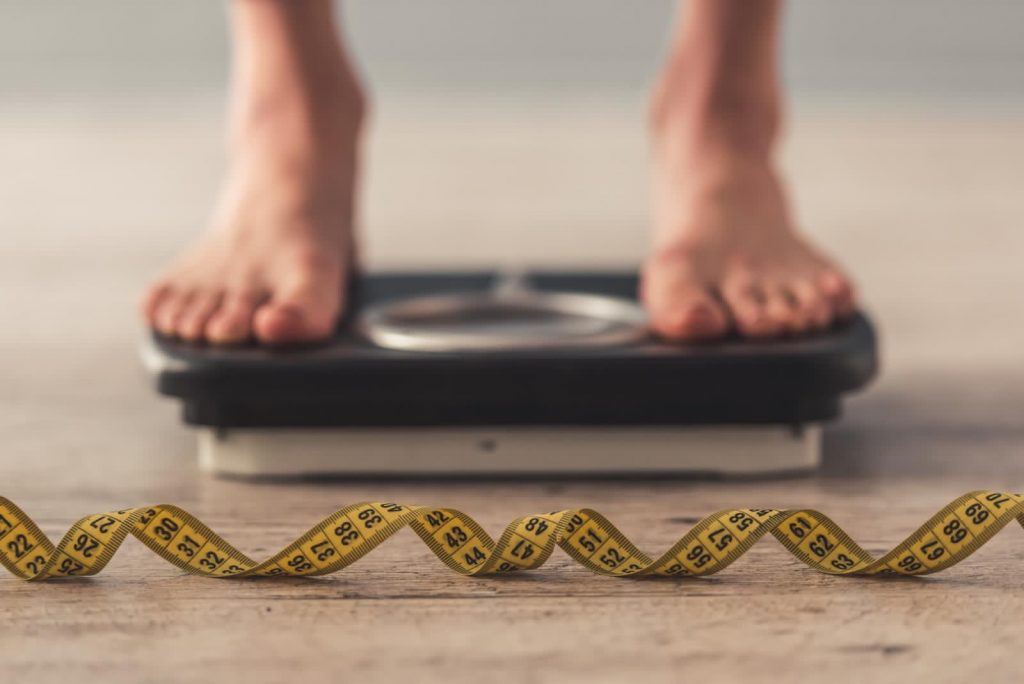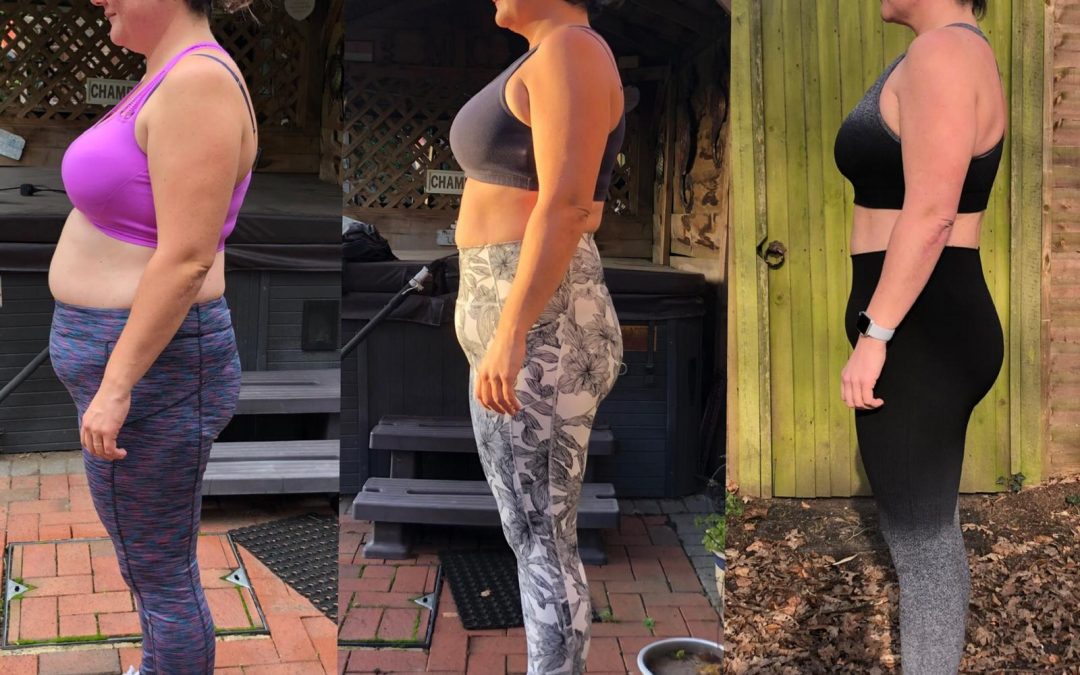When we embark on a fitness or well-being journey, we tend to set ourselves goals right? What is your end goal? Is it to lose weight? Change the way you look naked? Drop a dress or trouser size or 2? Improve your skin and/or hair through healthy nutrition and exercise? How will you know your progress and the changes you’re making if you have nothing to compare it to?
It is really important to monitor our progression and change but how do we do that?
When I start working with a new client, I find out what they want to achieve, their goals. I then take their body measurements in cm, their weight (broken down with my body composition scales) and I also take a photograph of them in their bottoms and bra/ or not if male, or maybe, whatever feels good!

Once we have all of this information, we then have our starting point. If you do not record any data at the beginning, how do you know how you’re getting on and if you’re where you want to be, at the point you want to be there? You can’t, well not accurately. You may be able to gauge if you’ve lost a few pounds or a few cm’s by the why you feel but it’s important to know exactly how far you’ve come as you may need to re evaluate why you are not getting the results you had hoped for or why you are off track.
Have you wanted to lose weight and get fitter so you’ve upped your game in the world of exercise and nutrition and have not been really aware of any results? You then bump into someone you haven’t seen in a while and they say ‘Wow, you’ve lost weight since I saw you last! Looking good!’ or something to that affect. It feels good right? Yet you were somewhat oblivious to the extent of your change? Now that is not a bad thing, it is fabulous BUT when you have something to compare to from when you started it is not just to see how you are getting on but it will keep you on track if you have a specific goal, i.e. a holiday coming up in 8 weeks, wedding, surgery that requires a certain amount of weight loss. It will also keep you motivated when you see the results and get you wanting to see more! It is harder to tell how much your body has changed when you live in it! With numbers and pictures, the proof is in the pudding (I am not calling you a pudding!)
Notice that I mentioned weighing my clients but with body composition scales? These bad boys break it all down into bone, body fat, water etc, rather than just giving an overall body weight. I would always recommend not to go by what your scales say but to go by how you feel and how your clothes fit you now? How do you look in the nod in the mirror?
There are so many factors to consider that may affect the number you see staring back from your scales. Us ladies have our menstrual cycle to consider, do not weigh yourself at this time as you will have water retention, adding to your weight. Always make sure you weigh yourself at the same time every time, preferably in the morning before you eat. Bear in mind that different foods weigh differently and so therefore this will reflect on the scales. It may be that you have waste in your system and have not been to the loo as yet, this will add to it. Most importantly, when you start to exercise and incorporate light weight bearing training you will gain lean muscle tissue which weighs more than fat. You will be burning fat as well as building this muscle so with this in mind, the scales may not change. Muscle takes up less space and is less dense than fat, so you could easily drop a size or 2, fit into your favourite pair of jeans that have been a stranger for a while but the figure on the scales remains the same. Also, if you jump on the scales in the morning and are not happy with what you see, it can actually demotivate you and steer you towards that doughnut or pie you’ve been swerving as you feel like ‘what’s the point?’. Bottom line is always make sure you have a point of reference, go by how your clothes fit and how you feel and don’t just rely on what your scales tell you!

